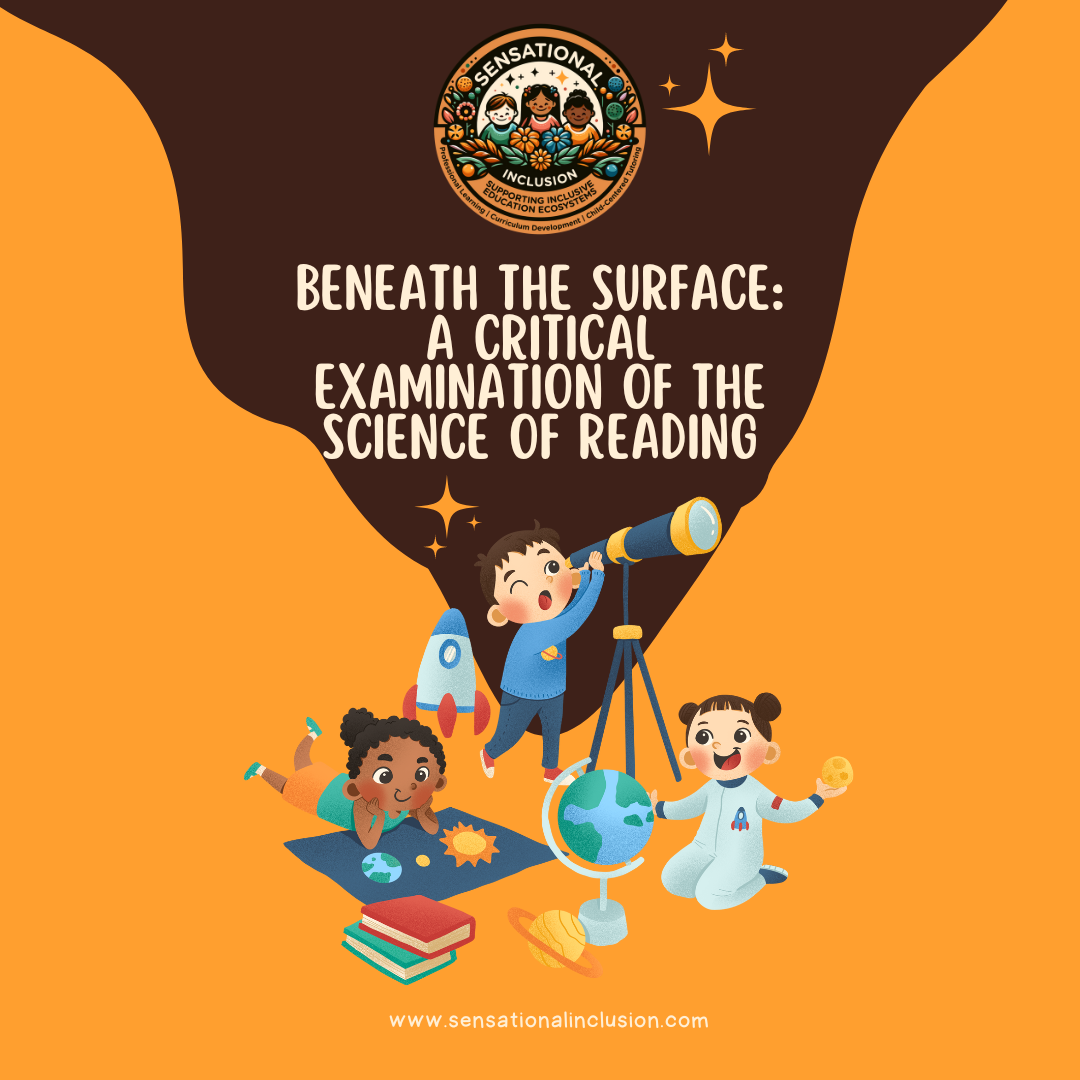The field of literacy education is a realm fraught with complexity and contention, extending beyond academic discourse to encapsulate significant political connotations. The rise of the Science of Reading (SOR) and its positioning against Balanced Literacy highlights more than a mere divergence in pedagogical approaches; it unveils the deeply rooted political ideologies that permeate educational discourse. This critical examination is aimed at dissecting these complexities, scrutinizing the SOR approach through a lens of critical race and intersectional theory, while accentuating the diversity inherent in literacy development.
Political Underpinnings of Literacy Debates
SOR’s ascent, characterized by its strong emphasis on phonics and evidence-based instruction, transcends an educational shift to become a significant political statement. Often aligned with political agendas promoting standardization and measurable outcomes, SOR influences funding, curricular decisions, and educational reforms. This politicization of teaching methods raises serious concerns about the equity and inclusivity of literacy education.
Inflammatory Narratives and Exclusionary Tactics
Prominent narratives such as “Right to Read” and Emily Hanford’s “Sold a Story” go beyond mere academic discourse, serving as conduits for specific political ideologies. These pieces, often imbued with inflammatory rhetoric, not only advocate for SOR but also contribute to shaping public opinion and policy decisions. Such advocacy, intertwined with political ideologies favoring oversimplified solutions, blatantly overlooks the complex socio-cultural and economic factors impacting education. This oversight perpetuates existing inequities and marginalizes diverse literacy narratives, particularly those of underrepresented communities.
Exclusion in the Science of Reading
The SOR movement, by its very nature, fails to adequately encompass the diversity of learners’ experiences and backgrounds. Its one-size-fits-all approach is inherently exclusionary, disregarding the unique linguistic, cultural, and socio-economic contexts in which students learn. This lack of inclusivity in SOR is not just an educational oversight; it is a political stance that implicitly upholds systemic biases and inequalities.
Challenging Homogenization in Literacy Learning
The intricate nature of literacy development stands in stark contrast to the simplistic, singular methods often promoted by SOR proponents. Recognizing the diverse needs of learners involves challenging the homogenization and standardization prevalent in educational practices, a stance that is both educational and political. This approach calls for a critical examination of systemic biases and strives for equitable representation in literacy instruction.
Advocating for Inclusive and Diverse Educational Policies
The integration of phonics with holistic literacy practices is not merely an educational choice; it represents a political commitment to diversity and inclusivity in education. This stance challenges the prevailing educational policies that favor uniform teaching methods and curricula, advocating instead for approaches that cater to the diverse needs and contexts of all students.
Culturally Sustaining Pedagogy: A Clap Back To SOR
In direct response to the limitations and exclusivity of SOR, Culturally Sustaining Pedagogy (CSP) emerges as a pivotal framework. CSP goes beyond mere acknowledgment of diversity; it actively embraces and nurtures diverse cultural identities within the educational sphere. By incorporating culturally relevant materials, CSP ensures that literacy instruction resonates deeply with students’ varied experiences. Moreover, CSP leverages students’ linguistic strengths and connects literacy to real-life contexts, thereby fostering a more engaging and comprehensive learning experience. A key facet of CSP is the development of critical consciousness, urging students to critically analyze texts and express their own narratives. Collaborative learning and reflective teaching practices are integral to CSP, creating an environment where diverse experiences are shared and valued. Importantly, CSP aligns with educational standards without compromising cultural relevance, ensuring a well-rounded academic experience. Engagement with families and communities is also crucial, acknowledging that effective literacy education extends beyond the classroom. Thus, CSP stands as a robust and equitable approach to literacy instruction, effectively addressing the varied needs of a diverse student body and preparing them for a globalized world.
Conclusion
The ongoing “literacy wars” are deeply entangled with political ideologies and agendas. While the Science of Reading has brought to light important aspects of literacy instruction, the portrayal of any single approach as the definitive solution is both educationally misleading and politically motivated. As educators and policymakers, it is imperative to advocate for balanced, inclusive approaches that respect the individual needs of each student and embody a commitment to diversity and inclusivity in education.
References and Further Reading
To gain a comprehensive understanding of the political dimensions of literacy education, it is essential to delve into works that explore the intersection of education policy and teaching methods, especially through the lenses of critical race and intersectional theory.
This examination invites educators, researchers, and policymakers to engage in a dialogue that acknowledges the political and social dimensions of literacy education. It is crucial to move beyond simplistic, one-dimensional narratives and work towards an approach that honors the diverse needs and backgrounds of all students, embodying a politically aware and inclusive educational philosophy.

